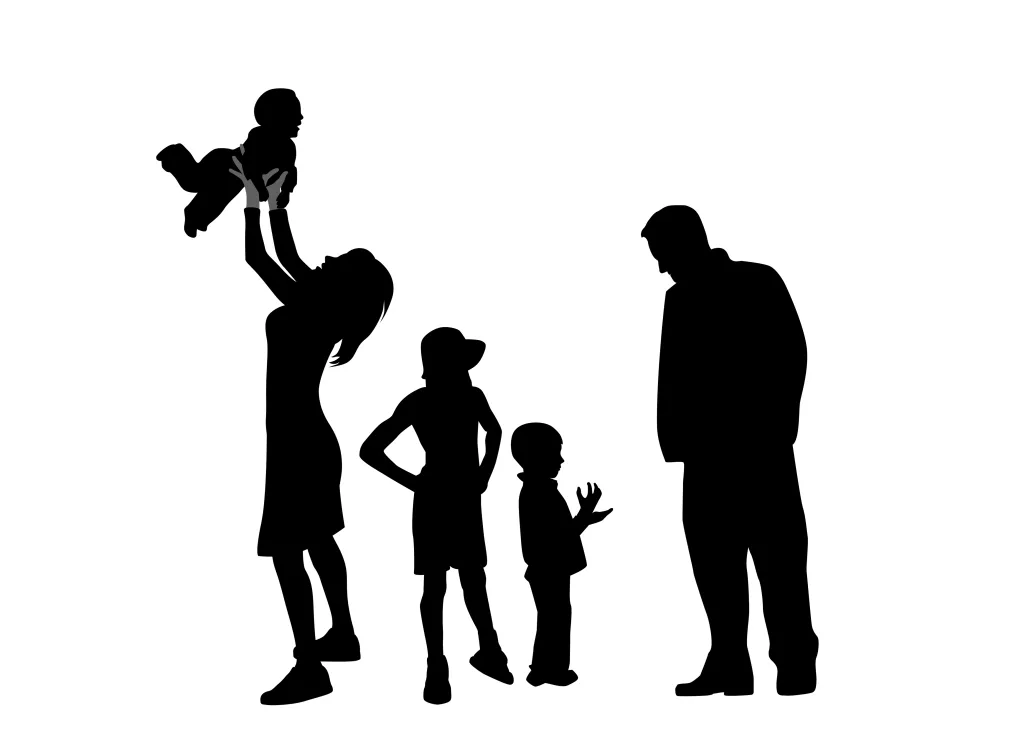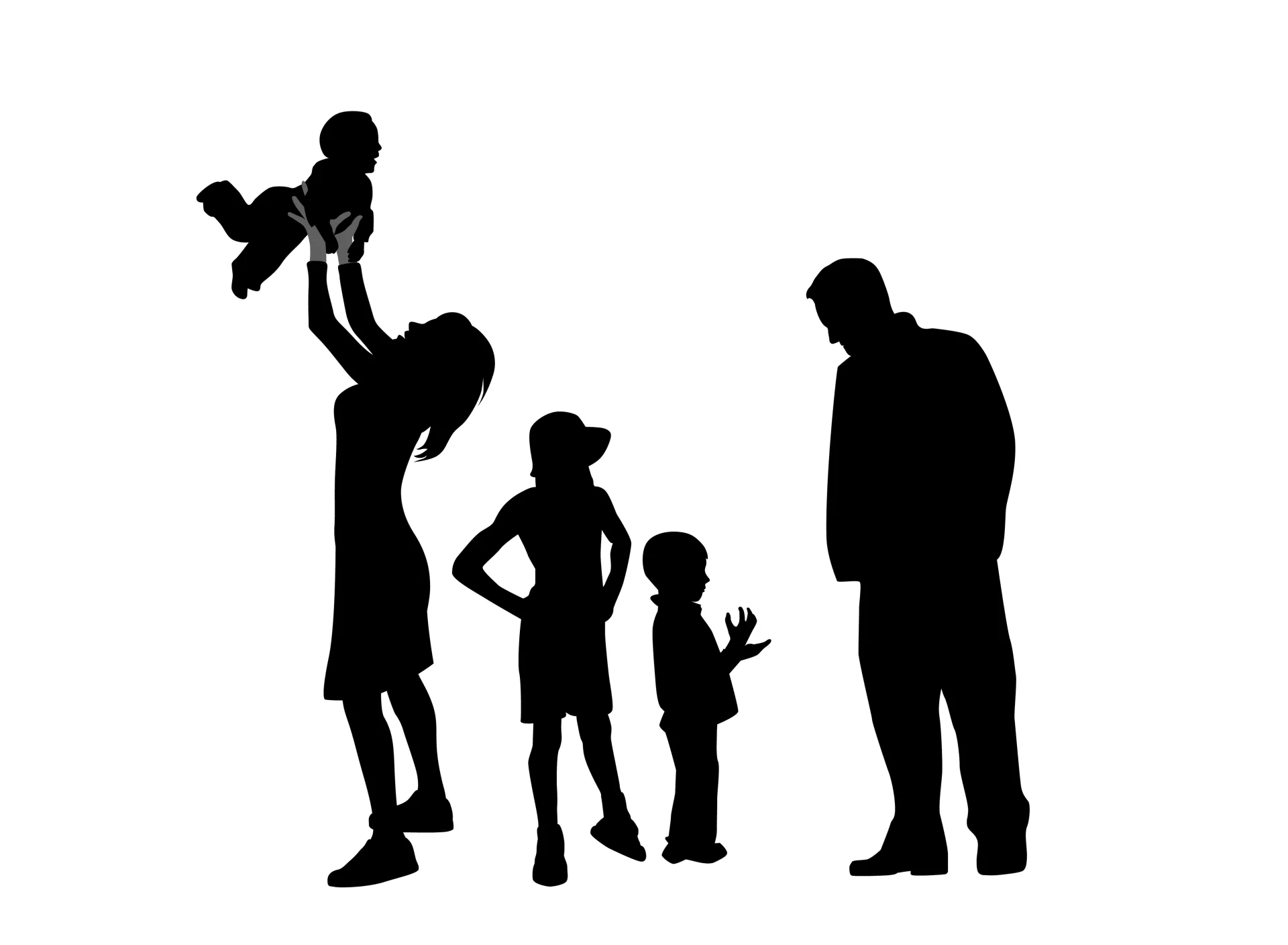はじめに
Hello, my name is Hidefumi Otsuka, and I offer Rolfing sessions in Shibuya, Tokyo.
In this series, I explore the theme of “Attachment and the Connection with the Body,” delving into the potential of Rolfing from the perspectives of the nervous system, sensory awareness, and interpersonal relationships.

Part 4 focuses on the Polyvagal Theory—how the feeling of safety is generated neurophysiologically, and how it can be reconstructed through Rolfing.
What is the Polyvagal Theory?
The Polyvagal Theory, proposed by neuroscientist Stephen Porges, is a theory concerning the autonomic nervous system. It goes beyond the traditional binary of “sympathetic vs. parasympathetic” to reveal that the parasympathetic system actually includes two distinct vagal branches.
The Polyvagal Theory describes the autonomic nervous system’s responses as three hierarchical systems for defense and social engagement:
❄️ Dorsal Vagal Complex: The oldest in evolutionary terms, it appears in extreme fear as “freeze,” “shutdown,” or dissociation—states prioritizing survival.
🔥 Sympathetic Nervous System: Activated in the face of danger, preparing the body for fight or flight with increased heart rate, muscle tension, and focused attention.
🌿 Ventral Vagal Complex: A uniquely mammalian system that promotes social connection through facial expression, vocal modulation, empathy, play, and feelings of safety—forming the basis for human relationships.
These three systems operate hierarchically as survival strategies, from the most primitive to the most evolutionarily advanced.
Porges explains it as follows:
“Safety is not the absence of threat. It is the presence of connection.” ― Stephen W. Porges, The Pocket Guide to the Polyvagal Theory
What is the Social Engagement System?
The Social Engagement System, centered on the ventral vagus, is a neural network that governs movements of the face, throat, ears, eyes, and thorax. It forms the foundation for building connection with others.

The cranial nerves involved are:
- V (Trigeminal nerve)
- VII (Facial nerve)
- IX (Glossopharyngeal nerve)
- X (Vagus nerve)
- XI (Accessory nerve)
Adjusting the structures related to these nerves through Rolfing can help restore physical connection and support nervous system reintegration.
Attachment Styles and the Nervous System
The intersection of Polyvagal Theory and attachment theory highlights the vital role of the Social Engagement System’s development and function.
Attachment theory posits that early relationships with caregivers shape four primary attachment styles:
- Secure Attachment
- Avoidant Attachment
- Ambivalent/Anxious Attachment
- Disorganized Attachment
These are not merely psychological traits—they reflect patterns of nervous system response.
- Secure Attachment: The ventral vagal system is well-developed and easily activated, allowing for natural empathy and safe interpersonal engagement.
- Avoidant Attachment: Due to inconsistent or indifferent caregiving, self-protection is prioritized over emotional connection, leading to sympathetic dominance and distancing from others.
- Ambivalent Attachment: In environments of mixed affection and rejection, excessive dependence and anxiety develop. The sympathetic system becomes hypersensitive, producing unstable efforts to connect.
- Disorganized Attachment: In traumatic caregiving environments, where caregivers are sources of fear, dorsal vagal dominance emerges, making dissociation and freezing common. Connection is associated with fear and confusion.
Thus, attachment styles can be understood as neurophysiological patterns. Rolfing supports these patterns by enabling the body to relearn safety through sensory and structural pathways.
Rolfing and Recovery of the Ventral Vagus Nerve
Rolfing engages physical elements such as breathing, posture, facial expression, voice, and gaze to help reboot the ventral vagus. The following nine steps serve as a concrete roadmap to reconnect the nervous system to a state of connection:
- Create/Negotiate Safety
- Ground
- Orient
- Eye Contact
- Co-regulate
- Regulating touch
- Make sounds (humming, vocalization)
- Check-in
- Mobility
Applying these steps incrementally allows the nervous system to return to a state where safe connection is possible.
How to apply to practice
One client who struggled with vocal expression experienced stabilization of breath and voice through structural adjustments around the thorax, jaw, and diaphragm, and by reopening the vocal passage.
After the session, the client reported, “I feel grounded, and my voice now comes out with stability.”
This outcome reflects the reactivation of the ventral vagus and the social engagement system.
Summary: Rolfing as a Practice of Nervous System Safety
Rolfing is not only a method of structural realignment—it is a practice that supports the reintegration of the nervous system based on Polyvagal Theory.
Safety is not simply the absence of threat; it is a sense of connection that the body can relearn.
Through touch, co-presence, and breath, Rolfing helps restore the body’s capacity to connect safely with others.
Next in the Series:
Part 5: “Rolfing and the Power to Reconnect—From Attachment to Integration”
In the final part of this series, I will summarize how Rolfing supports “integration” based on the concepts explored so far: felt sense, trauma, DARE, and Polyvagal Theory.
Stay tuned.

